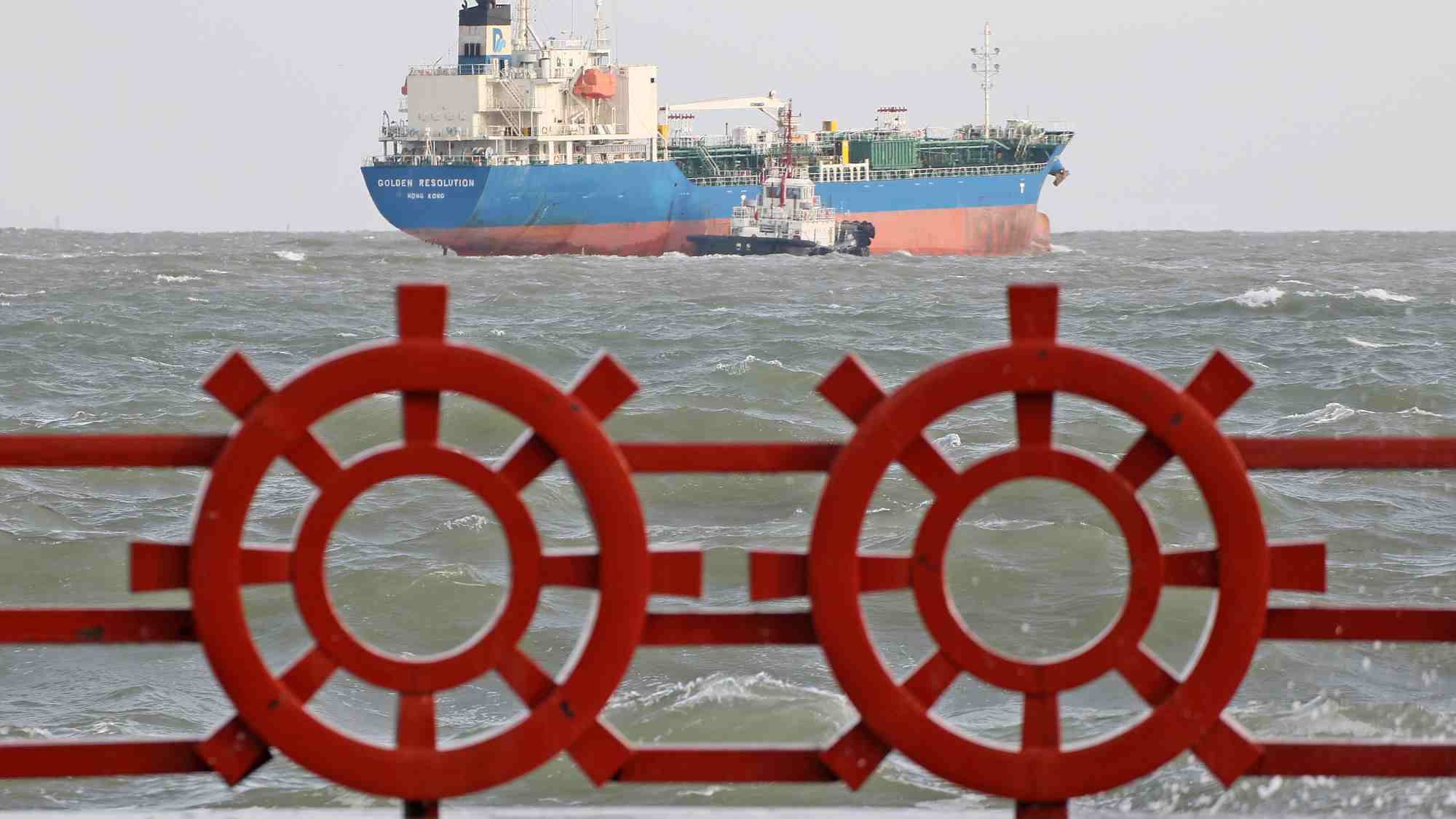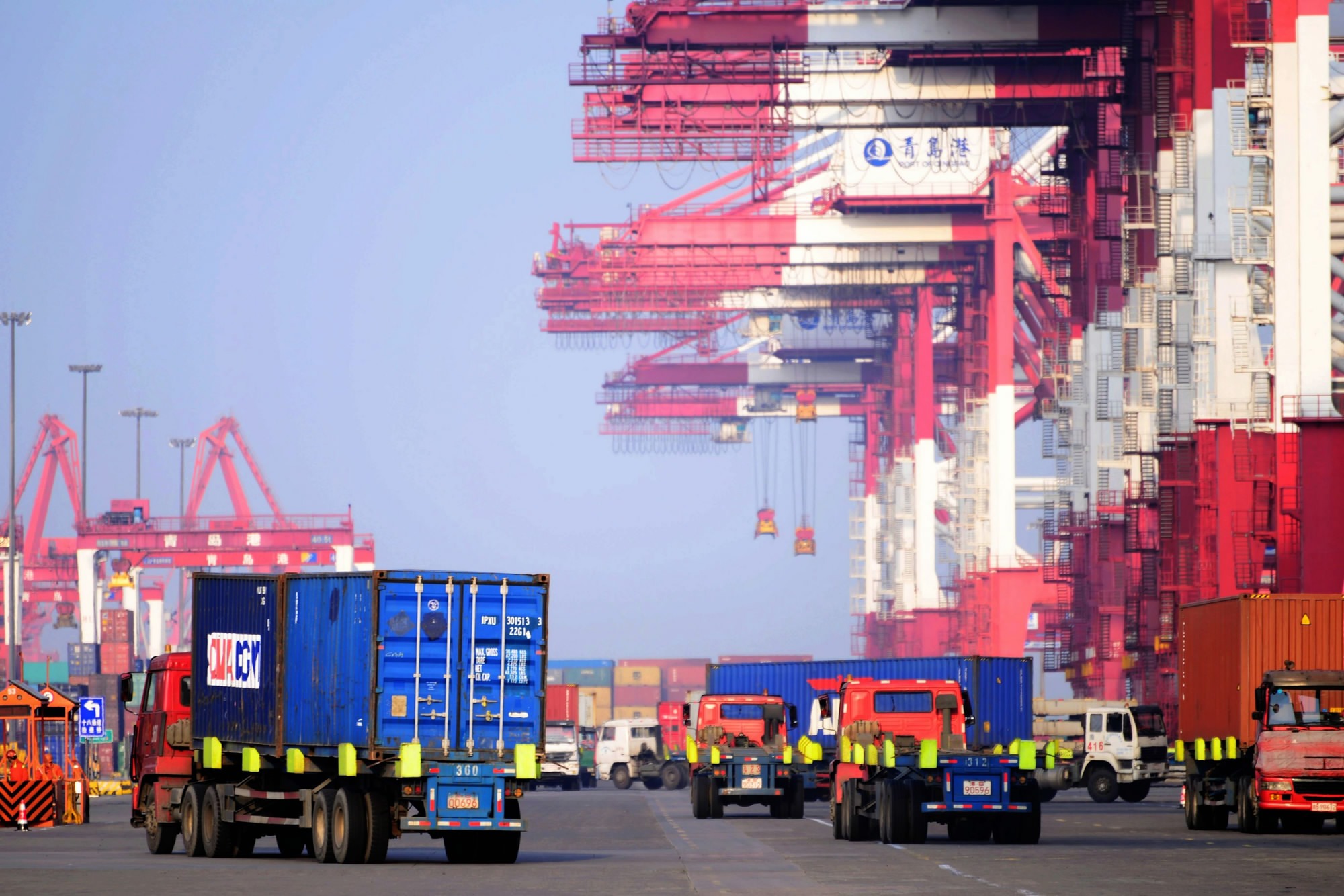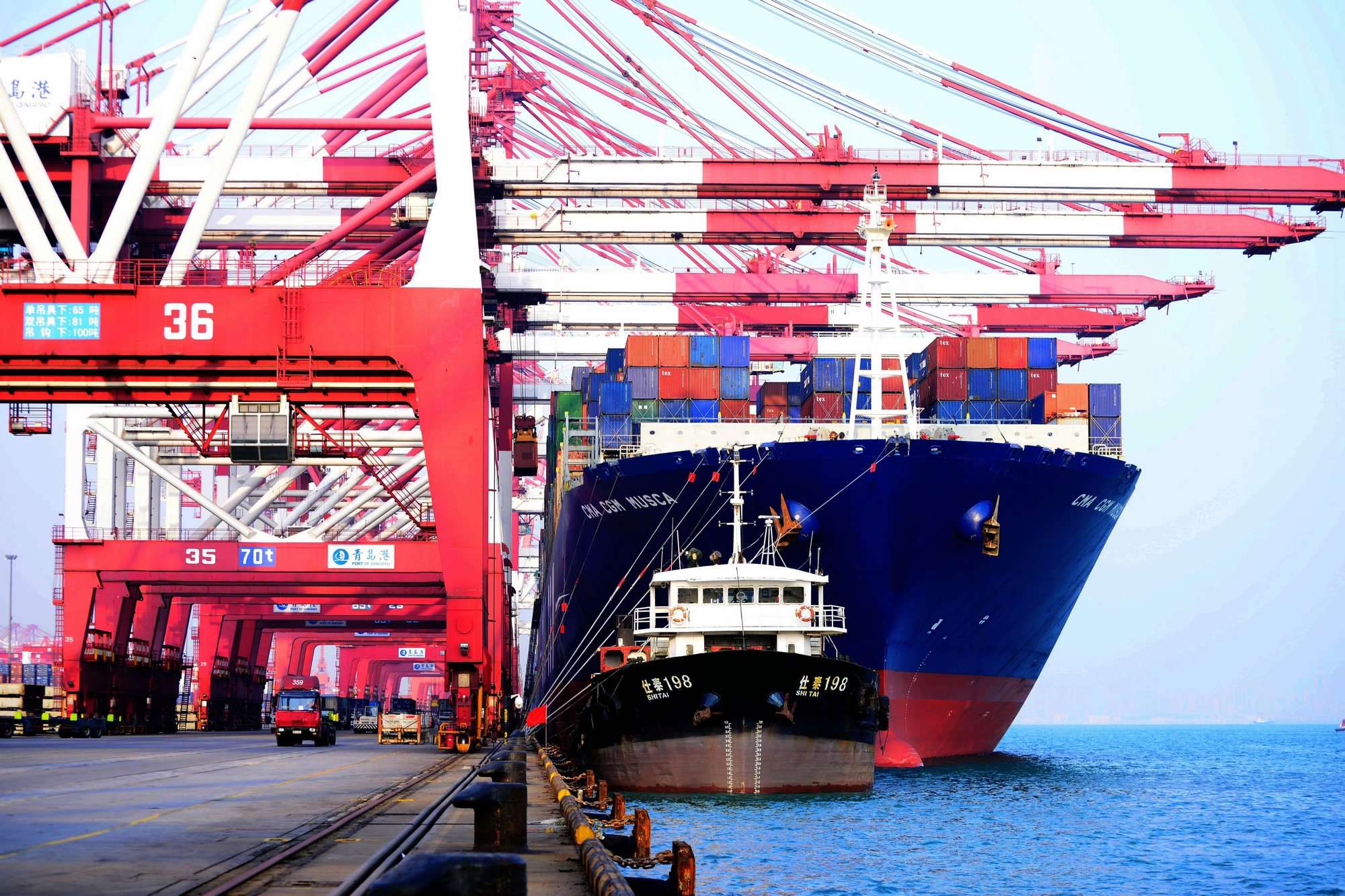
Politics
18:26, 03-Mar-2017
Overseas views on 'Two Sessions': Stability while Transitioning to Thriving Innovation, Future or Fiction?
Updated
10:56, 28-Jun-2018

Guest commentary by Patrick Musgrave
China's core economic challenge in the year ahead is "seeking progress, while maintaining stability," President Xi Jinping stated at this year's Central Leading Group on Finance and Economic Affairs, the 15th such gathering of the overseeing forum headed by Xi and attended by Premier Li Keqiang and other top-level officials. But the task ahead is not an easy one.
Since China's opening up in the 1980s, its growth spurt has depended on labor-intensive manufacturing for export. With government plans to rebalance the economy toward higher value added innovation and services jobs, a conundrum is presented: as overcapacity in low-level manufacturing and upstream industries like mining and steel give way to a new era of employment in innovation and services, how can the former industries' laborers – often lacking higher education and white-collar work experience – transition to the latter?

CFP Photo
CFP Photo
More than Economics
This appears on face value to be purely an economic question, but it's not. All facets of social stability in China are intertwined to the point that, if millions of migrant workers all experience acute economic hardship at once, the problem could snowball out of control. The largest migration in human history – from China's rural areas to its cities – has been largely dependent on this employment demand. The livelihoods of elderly family members and children left behind across the countryside are often dependent on the sole income of the migrant worker thousands of kilometers away. The consequences of abrupt changes to the employability of these laborers would be devastating, not only to themselves, but to the entire regions inhabited by their extended families to whom remittances flow.
"The government should make more efforts to guarantee subsistence allowance and re-employment for those laid-off," CCTV reported Xi as saying, adding that it's important to "grab effective methods to dissolve corporate debts and prevent moral hazards" as this happens. The message is clear. The central government understands two things. First, that this transition is absolutely necessary and timely; and second, that it will require an expansion of social assistance to carry out stably.

CFP Photo
CFP Photo
How will China pull it off?
Investment in R&D has gotten the ball rolling. The more investment that flows into innovative R&D and patentable technologies, for example, the greater the demand for employment in the same sector. Also, the greater the demand for employment, the higher the salaries. The higher the salaries, the more people who will seek credentials, such as higher education and certification in these areas. It's a simple formula, but one complicated by the massive scale it applies to.
However, signs are promising. China's annual growth rate in R&D spending has risen to an astonishing 18.3% (multiples of its still-high GDP growth rate), according to a new data tool released by the UNESCO Institute for Statistics (UIS). “Innovation is key to achieving each of the Sustainable Development Goals. So it is essential to track R&D investment in the knowledge, technology, and thinking that drives innovation in countries,” said Dr. Silvia Montoya, director of UIS, according to Asian Scientist Magazine.
However, Xi stresses the importance of finding "a long-term mechanism […] to ensure market stability." Everything from deepening supply-side structural reform and tackling monopolized sectors, to reducing speculation in the real estate market and controlling systemic risks in the financial system will have to be mobilized to ensure overall stability of the transition. No practical long-term solution can exist in a vacuum.
"Chinese leaders want economic growth to come from innovations based on technology and science—a laudable goal," according to an MIT technology review on the subject. "But it can’t be achieved by simply adding a massive dose of R&D spending to China’s current growth model." Maintaining stability amid this monumental restructuring "will require vision, political courage, and more than a tweaking of the existing system." There are no easy solutions in this transition, but China is well on its way to pulling it off regardless.
(Patrick Musgrave is an independent journalist based in Beijing. He previously worked as Senior Technical Editor and Content Manager with CSOFT International. The article reflects the author's opinion, not necessarily the view of CGTN.)

SITEMAP
Copyright © 2018 CGTN. Beijing ICP prepared NO.16065310-3
Copyright © 2018 CGTN. Beijing ICP prepared NO.16065310-3